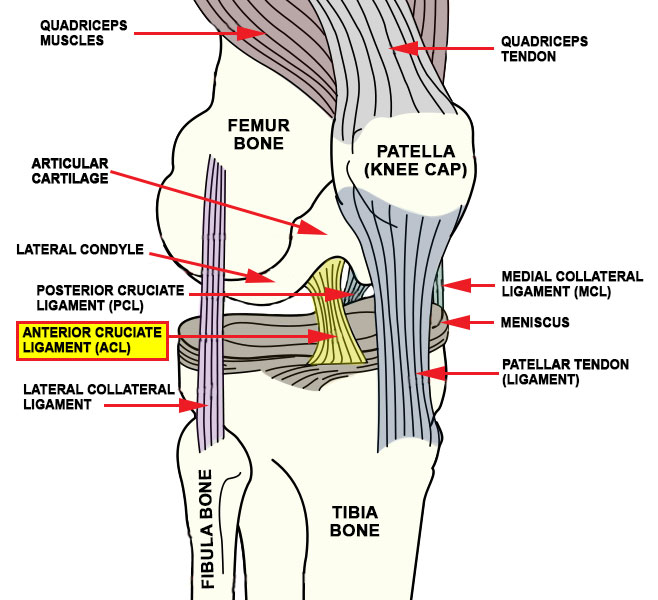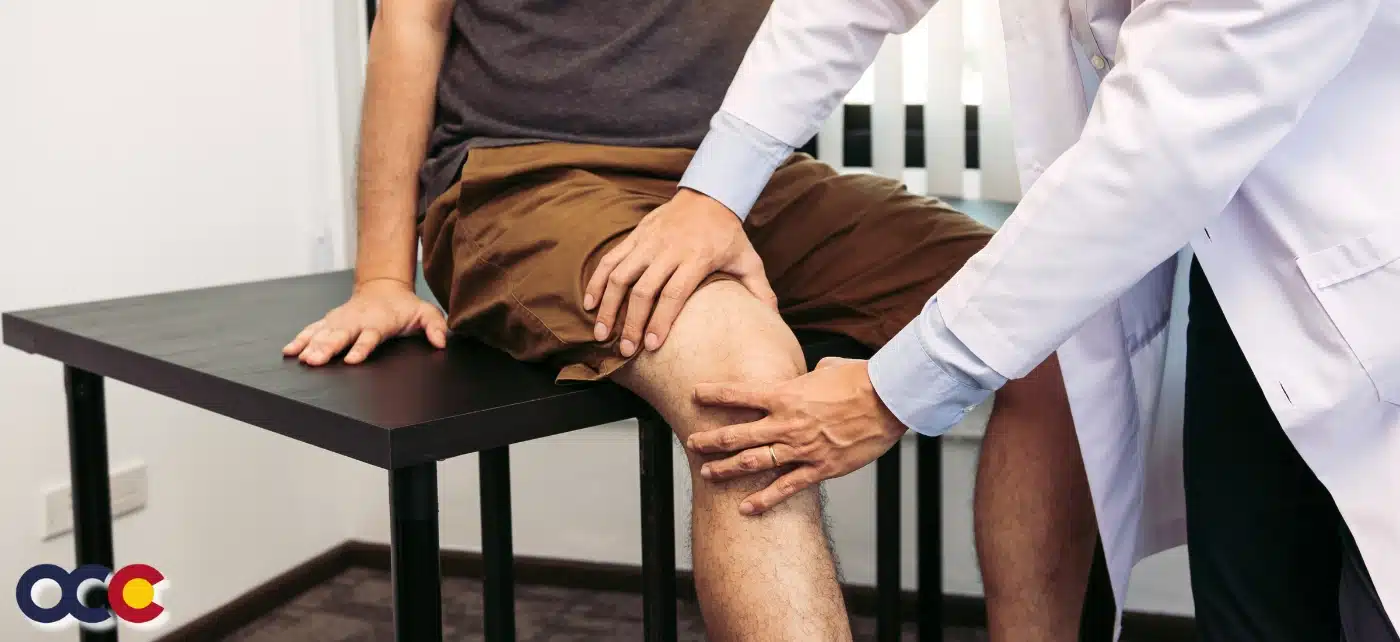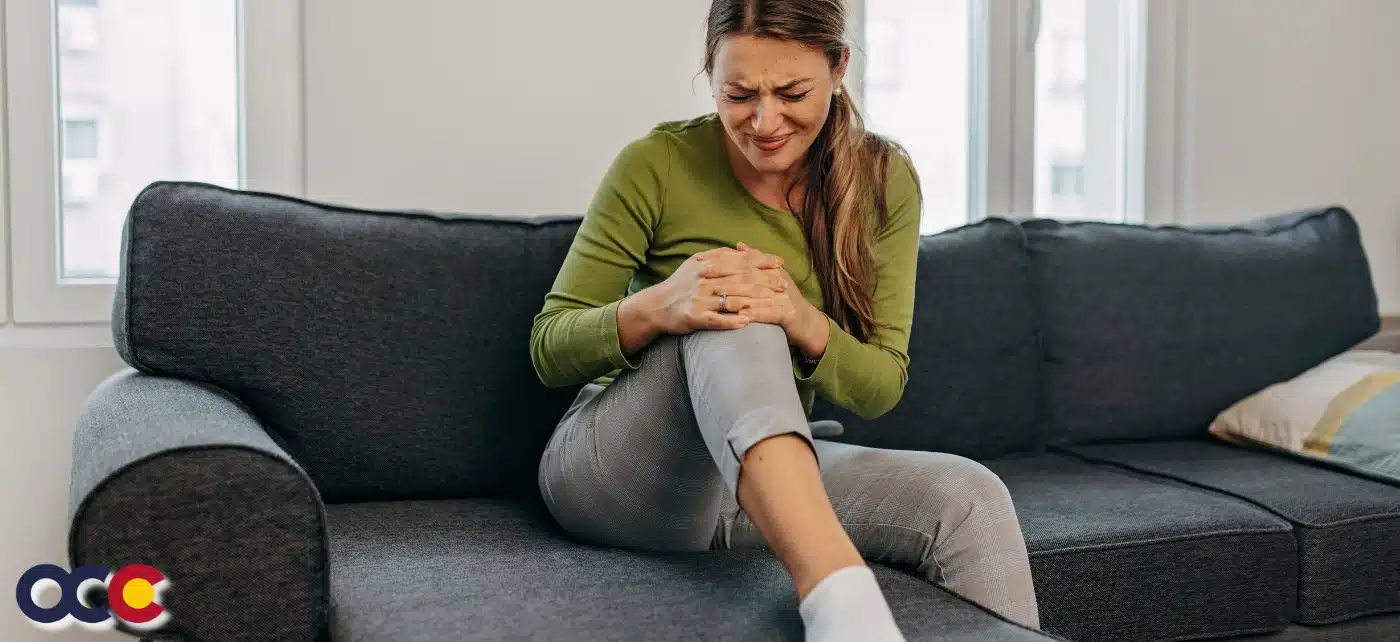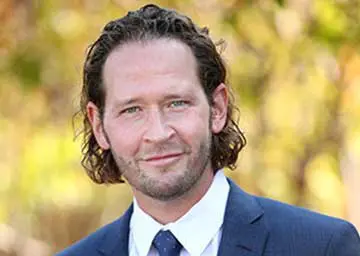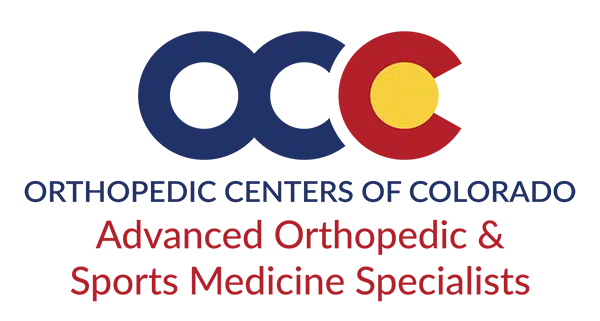Knee pain and knee injuries such as an ACL tear are all too common occurrences, whether you compete in organized sports or play recreationally. Like many knee injuries, an ACL tear is often caused by movements that we see in sports like tennis, basketball and football, such as landing flat on your heels or planting your feet in sharp, weight-bearing motions, which can put your knees in vulnerable positions and make you more susceptible to injury. But ACL tears can also occur from everyday activities like walking, jumping, squatting or any twisting motion when your leg is bent.
Regardless of the cause, females are three times more likely than males to suffer injuries like an ACL tear, and older adults are more susceptible to knee injuries from wear and tear rather than traumatic movements.
Sprain vs. ACL Tear: Signs to look for
ACL injuries are classified as grade I, II or III sprains – so even a tear is called a “sprain” in medical terms. A sprain in the traditional sense occurs when the ligament fibers stretch, but do not a tear. The knee retains its stability and there is minimal swelling or tenderness. A grade II sprain is a partial ACL tear, which causes some tenderness, swelling and instability. The most severe, grade III ACL tear is when the ACL ruptures and the ligament has completely torn into two parts.
While an ACL tear frequently presents with a popping sound or sensation, loss of stability and decreased range of motion, rather than severe pain is another key sign.
Treatment options for ACL tears
While an ACL tear impacts only the anterior cruciate ligament, additional injuries can impact more than one of the three joint compartments in the knee. Your treatment options will vary depending on your activity level, age, the severity of the ACL tear, other joint damage and any resulting stability issues.
When evaluating treatment options for an ACL tear, consider both the short and long-term impacts of each option. Rehabilitation through physical therapy is a productive place to start. Therapy will reduce swelling, pain and restore range of motion, as well as help to strengthen surrounding muscles.
Reconstruction to address an ACL tear is often a good solution for active individuals who do not recapture enough stability from therapy and want to continue to participate in activities that involving cutting, pivoting, and turning motions like skiing, basketball or tennis.
An orthopedic surgeon will remove and replace the damaged ligament – a procedure called ACL reconstruction. The replacement tissue – called a graft – stabilizes the knee and allows new ligament tissue to grow. Post-operative rehabilitation therapy is key to ensure the return of normal range of motion and strength for the long term. ACL tear patients who opt for surgery typically return to their sports in six to 12 months.
For diagnosis and treatment of ACL tears, see us at our Denver or Parker location. Call for an appointment (303) 344-9090.

